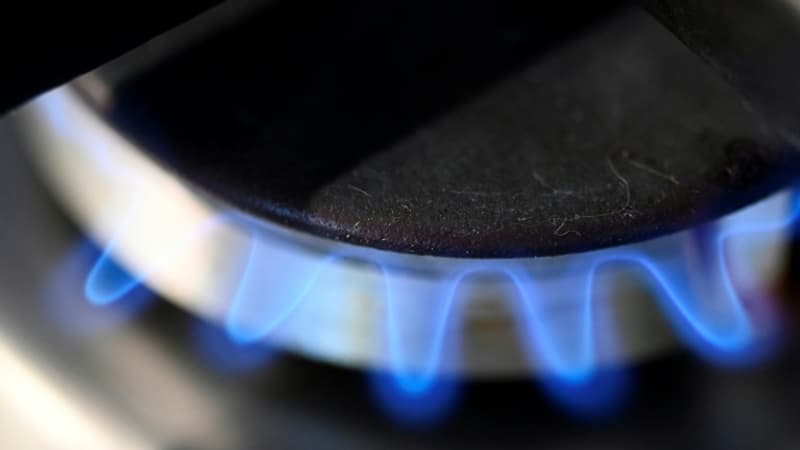Natural gas prices continue to fall. After falling below 100 euros the day before for the first time since June, the Dutch TTF futures contract, a reference in Europe, was trading this Tuesday at 98.75 euros per megawatt hour (MWh).
And while the Old Continent is mired in an energy crisis with skyrocketing bills for many companies, the spot-delivery TTF contract even dipped briefly into negative territory on Monday. A first since October 2019.
In other words, customers who bought gas on the wholesale market during that brief moment were paid for doing so. A paradoxical situation that occurs for short periods in the commodity markets when supply far exceeds demand.
Yet this is precisely what is happening with gas in Europe: no one wants it anymore. For now. In the first place, because gas reserves are now at their maximum capacity within the European Union, where up to 93.6% would be filled at this time, a figure well above normal.
Mild weather
Added to this is the exceptionally mild weather that is reducing the demand for gas for heating, even more so because temperatures are not expected to cool down in the short term. Finally, the slowdown in economic activity for several months and the sobriety imposed on manufacturers also contributed to the fall in industrial demand for gas.
In this context, supply far exceeds demand. This causes prices to drop. Because producers are still trying to get rid of their excess gas instead of stopping production, which would cost much more. LNG carriers are waiting by your side off the European coast, the time to find a place to unload their cargo.
Although they have fallen significantly in recent days, it should be remembered that natural gas prices in Europe continue to move at high levels, 40% more than at the beginning of the year. And experts expect a rebound in the coming weeks as temperatures drop. However, for the French consumer protected by the tariff shield, this price volatility has no impact, either upwards or downwards, on their bill.
Source: BFM TV


